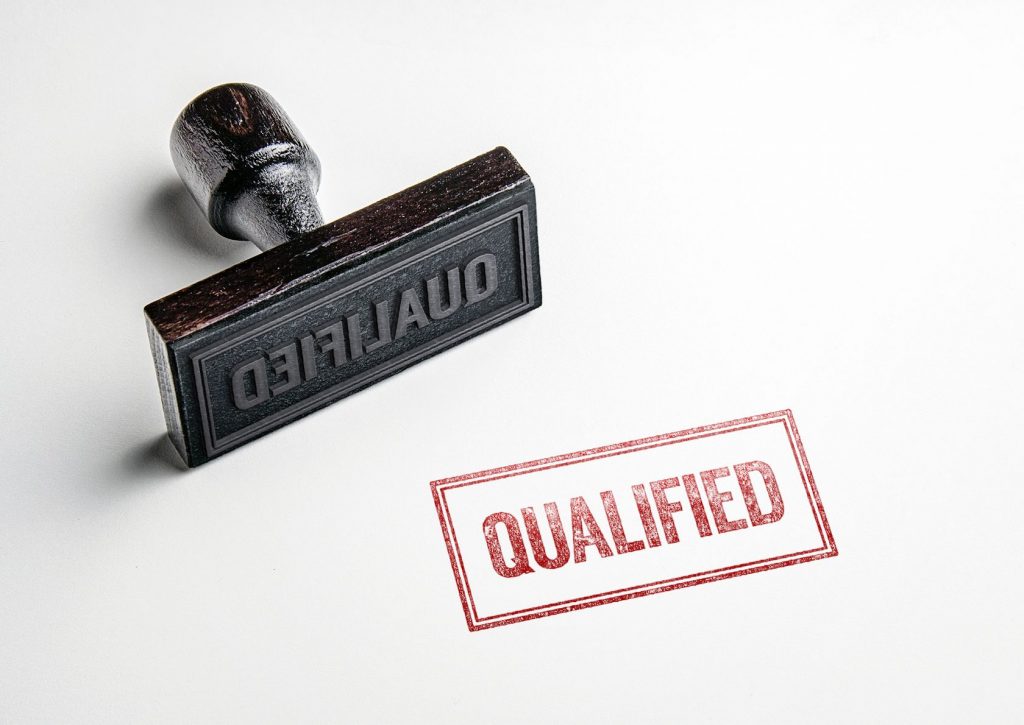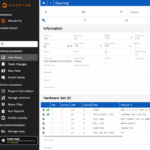Here’s a another quick question that’s related to yesterday’s QQ post…keep sending your questions and I’ll attempt to get answers.
I wrote a previous post about the adoption of NFPA 101-2012, which is currently used by the Joint Commission when surveying health care facilities for accreditation. Because the 2012 edition requires the annual inspection of fire door assemblies, there are lots of questions about the ins and outs of these requirements. For many health care facilities, the first fire door assembly inspection had to be completed in 2017.
 I have received several calls from people who are interested in becoming fire door inspectors or who are wondering if an inspection by their in-house staff is acceptable to the Joint Commission. NFPA 80-2010 (referenced by NFPA 101-2012) requires functional testing of fire door and window assemblies to be performed by individuals with knowledge and understanding of the type of doors being inspected.
I have received several calls from people who are interested in becoming fire door inspectors or who are wondering if an inspection by their in-house staff is acceptable to the Joint Commission. NFPA 80-2010 (referenced by NFPA 101-2012) requires functional testing of fire door and window assemblies to be performed by individuals with knowledge and understanding of the type of doors being inspected.
Later editions of NFPA 80 require acceptance testing of fire door and window assemblies to be performed by a “qualified person” with knowledge and understanding of the type of doors being inspected. A qualified person is defined as: “A person who, by possession of a recognized degree, certificate, professional standing, or skill, and who, by knowledge, training, and experience, has demonstrated the ability to deal with the subject matter, the work, or the project.”
How does a facility prove that the fire door inspector who conducted their inspection is qualified, and has knowledge and understanding of fire door assemblies? Is a certification required, or is there some other “evidence” that the Joint Commission needs in order to verify the inspector’s qualifications?
Because NFPA 80 and NFPA 101 do not specifically define all of the possibilities that would appropriately demonstrate an inspector’s qualifications, I asked the Joint Commission. Their response stated that the Joint Commission does not have specific certification requirements for people performing door inspections. When an in-house inspector is used, the Joint Commission’s human resources chapter requires the facility to ensure that “staff are competent to perform their job duties and responsibilities.” The facility may require staff to maintain certain certifications or to participate in training or assessments in order to demonstrate competency.
When a third-party inspector is hired to conduct fire door inspections, the Joint Commission requires the facility to have an effective process to validate the knowledge and understanding of the inspector (some facilities may be subject to additional requirements from other controlling authorities). When the Joint Commission survey is conducted, the inspector’s competence will be evaluated through staff interviews and by the quality of the inspected doors.
The bottom line is that although the Joint Commission does not require fire door inspectors to be certified, it is important for each facility to demonstrate the level of knowledge and understanding possessed by their inspectors – either in-house personnel or 3rd-party inspectors. This may be demonstrated by records of training, assessment, testing, experience – or a certification, but records should be kept in order to establish the qualifications of the inspector.
If you are a fire door inspector, how do you demonstrate competency?
~~~
Need more information on fire door inspections, or to order our laminated fire door inspection cards? Visit idighardware.com/firedoor.
You need to login or register to bookmark/favorite this content.






Buy the rubber stamp as show with this posting? 🙂
Maybe I should start a side business selling stamps? 🙂
– Lori
My guess is that those asking about in-house certification have never been sued. If that happens, they will want third party certification and proof that they verified it.
Professional credentials AHC, FDAI, certificates of continuing eduaction.
A business card, PO box, official looking bill, maybe a report and a tax Id number.
Same question for fire alar designers and inspectors, NICET certificate is great many are not.
Hi Lori,
FDAI is an example of being qualified,however as you noted neither NFPA 80 or 101 requires a certification. I inspect fire doors regularly along with providing fire door education to the Hospital’s in-house maintenance staff and carpenters on the NFPA 80 codes. Upon completion of the education they attendees are provide a certificate of attendance and completion, the education provided comes with test of the topics covered during the education session. Based on the attendee passing the test of a 25 multiple choice question, we then provide them with the certificate.
Several of the hospitals that have gone thru the education and during their Joint Commission survey was asked the question of “Competency” they had provided the surveyor with the cousre agenda,training course outline(power point) and their certificate of accomplishment which satisfied the surveyor’s request.
Also I had some Fire Marshall and AHJ’s ask the hospitals the same question with the same outcome for compliance.
Hope this helps
Joe Glaski,MBA,FASHE,FDAI
jglaski@brand-svc.com
NFPA 80 requires visual inspections and acceptance testing to be performed by a qualified person with knowledge and understanding of the types of assemblies being inspected. A qualified person is someone who has the knowledge, training, and experience to conduct inspections, and who may demonstrate their ability by possession of a degree, certification, professional standing, or skill. Although a certification is not specifically required by NFPA 80, it may help an AHJ determine whether an inspector has the required expertise.